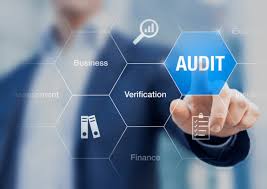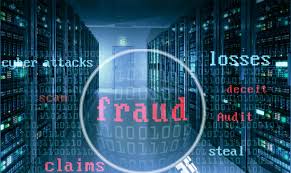.jpg)
.jpg)
The course offers numerous practical tools, techniques and top tips for successful Enterprise Risk Management, including demystifying risk appetite, managing threats and opportunities in parallel, innovative use of control risk self-assessment (CRSA) and the latest trends in risk reporting. The implications for internal auditors and risk managers of new and emerging risk areas such as governance, ethics, corporate responsibility, reputation, supply chain, outsourcing and project risks will also be explored.
By the end of this course delegates will be able to:
Internal Auditors, Auditors-in-Charge, Chief Audit Executives, Financial & Operational Auditors, Finance Personnel, External Auditors, Audit Managers and Supervisors, IT Auditors, Team Leaders and Directors, Operations Managers, Audit Managers, Risk Management Heads, Risk Managers
Introduction to ERM
Promoting and Enhancing Enterprise Risk Management
PESTLE Analysis & Assessing and Prioritizing Risks
Improving risk identification
Responding to Risks
Monitoring, Reporting and Assurance
Sample Reporting Formats
New and Emerging Risk Management Challenges
The Business Case for ERM
Embedding Risk Management throughout the Organisation
Adapting Your Approach as Risk Management Matures
Sample Assessment Programs & Action Plan
BTS attendance certificate will be issued to all attendees completing minimum of 75% of the total course duration.
| Code | Date | Venue | Fees | Register |
|---|---|---|---|---|
| AUD110-01 | 11-01-2026 | Dubai | USD 5450 | |
| AUD110-02 | 10-05-2026 | Dammam | USD 5450 | |
| AUD110-03 | 23-08-2026 | Dubai | USD 5450 | |
| AUD110-04 | 29-11-2026 | Manama | USD 5450 |

In this course you will learn how to use risk assessment, generally applied to annual audit plans, to help build individual audit programs that will boost auditor productivity and provide the control ...

International Standards on Auditing (ISAs) developed by The International Auditing and Assurance Standards Board (IAASB) are being adopted by more and more countries and now represent the main global ...

This comprehensive course tailored specifically for oil, gas and petrochemical companies provides practical and valuable guidance on risk based operational auditing and leading edge techniques in audi ...

Fraud has become the bane of most business organizations especially in this difficult and inclement operating environment. Fraudsters abound both internally and externally, making it imperative for an ...
Providing services with a high quality that are satisfying the requirements
Appling the specifications and legalizations to ensure the quality of service.
Best utilization of resources for continually improving the business activities.
BTS keen to selects highly technical instructors based on professional field experience
Since BTS was established, it considered a training partner for world class oil & gas institution
1st floor, Incubator Buildingو Masdar City, Abu Dhabi, UAE
Sun to Fri 09:00 AM to 06:00 PM
Contact Us anytime!
Request Info